Disclosure: This article contains affiliate links. We may earn a commission from purchases at no extra cost to you, which helps our travel content.
Standing in Plaza de Armas as the early morning light bathes the cathedral's façade in golden hues, I'm struck by how Cusco's architecture tells the perfect story of cultural collision and adaptation. While most travelers use this UNESCO World Heritage city merely as a launching pad for Machu Picchu, I've discovered that Cusco itself deserves equal attention. As someone who has spent decades analyzing structural integrity and urban planning, I find myself captivated by how Incan foundations seamlessly support Spanish colonial structures—a physical manifestation of Peru's complex history that most guidebooks barely scratch the surface of.
The Engineering Marvel of Plaza de Armas
My engineering mind immediately recognized something special about Cusco's main square that casual visitors might miss—it's a masterpiece of adaptive reuse. The plaza sits on what was once the Haukaypata, the ceremonial heart of the Incan Empire. The Spanish conquerors, rather than completely demolishing this sacred space, built atop the existing Incan foundations—a pragmatic decision that inadvertently preserved elements of both cultures.
The Cathedral of Santo Domingo, constructed using stones from the nearby Sacsayhuamán fortress, demonstrates remarkable seismic resilience. During my visit, I had the opportunity to speak with a local restoration specialist who explained how the Incan masonry technique of precisely fitted stones without mortar provides natural flexibility during earthquakes. This ancient engineering solution continues to protect the colonial structures above—a humbling reminder that sometimes our predecessors had sustainability figured out long before modern terminology existed.
I spent nearly three hours examining the cathedral's façade, my architectural magnifier allowing me to appreciate details in the stonework that reveal the hands of indigenous craftsmen who subtly incorporated their own cultural symbols into the ostensibly European design.

💡 Pro Tips
- Visit Plaza de Armas early morning (before 8am) to avoid crowds and capture the best light for photography
- Look for the hidden Incan symbols carved into the colonial buildings—particularly the puma motifs that represent the original city layout
- The Tourist Ticket (Boleto Turístico) covers multiple sites and is more economical than individual entries if you plan to explore thoroughly
San Blas: The Artisan Quarter's Structural Stories
A steep cobblestone climb from the main plaza leads to San Blas, Cusco's artisan quarter, where the city's architectural narrative takes an intimate turn. As a civil engineer who's worked on urban development projects across continents, I find myself analyzing the neighborhood's layout—narrow winding streets designed not by modern planners but by centuries of human movement patterns.
The San Blas Church may appear modest compared to the main cathedral, but its technical execution is extraordinary. The pulpit, carved from a single cedar trunk, demonstrates woodworking precision that would challenge today's computerized manufacturing. I spent an afternoon sketching the structural supports, drawing curious glances from other visitors more focused on taking quick photos.
What truly captivated me were the hidden courtyards beyond unassuming doorways. In one such space, I discovered a small café where I enjoyed the best coca tea of my trip while chatting with the owner about how these interior spaces have been continuously adapted over centuries while maintaining their original character.
The quarter's elevated position offers spectacular views, but I recommend climbing even higher to the small plaza near Calle Kiskapata. Here, away from the tourist paths, you'll find local artisans working with techniques passed through generations—a testament to cultural preservation that resonates with my own efforts to connect my children with their multicultural heritage.
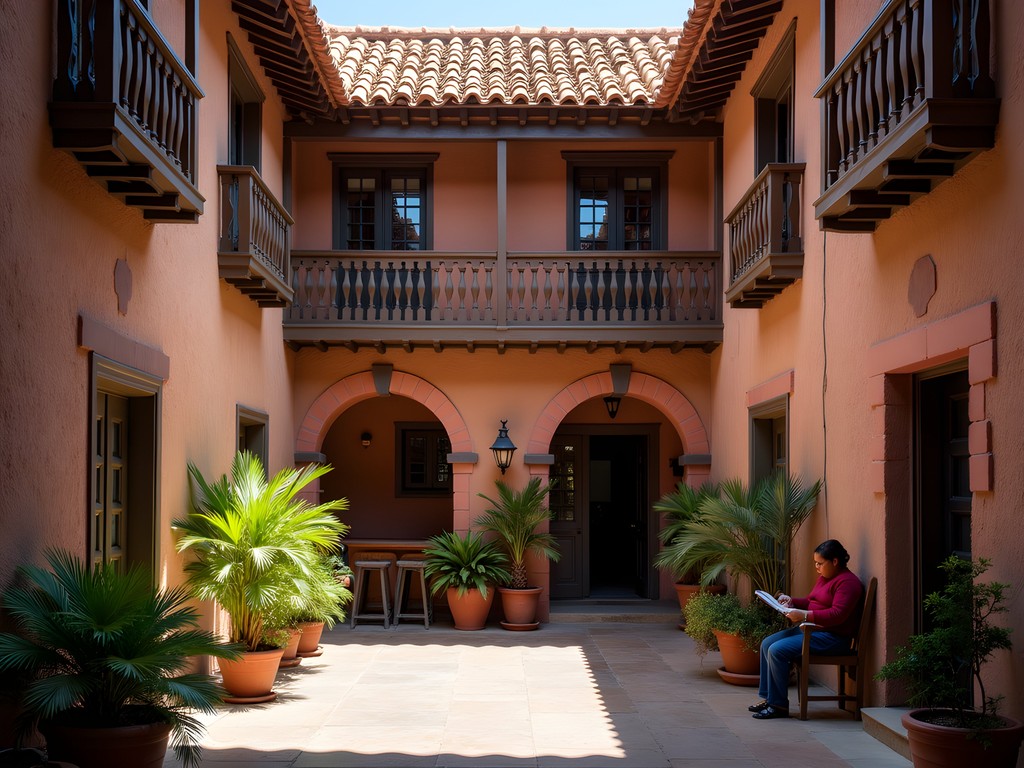
💡 Pro Tips
- Wear appropriate footwear with good grip—San Blas' steep streets become slippery when wet
- Respect doorways marked as private residences, but don't be afraid to peek into open courtyards which often contain cafés or workshops
- Altitude affects everyone differently—carry a pulse oximeter if you're concerned about your adjustment to Cusco's elevation
The Forgotten Plaza San Francisco
While most tourists cluster around Plaza de Armas, I found Plaza San Francisco offers a more authentic glimpse into local life with equally impressive architecture. The San Francisco Church and Monastery complex demonstrates Spanish Baroque influence but with distinct regional adaptations that reflect available materials and indigenous craftsmanship.
As an engineer, I was particularly interested in the complex's hydraulic systems. The Spanish colonizers adapted Incan water management techniques, creating an efficient system that has functioned for centuries. During my exploration, I used my compact laser measure to document some of these ingenious water channels—drawing curious looks from locals who eventually warmed up and shared stories about the building's history.
The plaza hosts a local market on Saturdays where you'll find everything from handcrafted textiles to agricultural products from surrounding valleys. Unlike the more tourist-oriented markets, prices here reflect local economies, and the atmosphere remains authentically Peruvian. I spent a delightful morning conversing with a woman selling medicinal herbs, her knowledge of plant properties rivaling any pharmaceutical training.
The monastery houses a remarkable library with ancient texts on architecture and engineering that I was granted special permission to view—a professional courtesy extended after a lengthy conversation with the curator about sustainable preservation techniques. Even without such access, the public areas contain architectural marvels worth studying.

💡 Pro Tips
- Visit during the Saturday market (6am-1pm) to experience authentic local culture and find handcrafted goods at non-tourist prices
- The monastery's courtyard provides a quiet respite from Cusco's busy streets—perfect for sketching or journaling
- Look for the unique fusion of European religious imagery with Andean symbolism in the church's artwork
Qorikancha: Where Precision Engineering Transcends Time
As a civil engineer, few sites have humbled me like Qorikancha—the former Incan Temple of the Sun now partially overlaid by the Santo Domingo Church. The precision of the stonework defies modern explanation, with massive andesite blocks fitted so perfectly that not even a credit card can slip between them. This site offers the most dramatic example of cultural layering in Cusco, where Spanish colonial architecture literally sits atop Incan foundations.
I spent hours analyzing the curved walls and trapezoidal doorways—design elements that provide superior seismic resistance. My digital angle finder confirmed what seemed impossible: these ancient builders achieved angular precision within fractions of a degree, without modern tools. As someone who has worked on earthquake-resistant structures throughout my career, I found myself taking extensive notes on techniques I might adapt for contemporary applications.
The site's astronomical alignments reveal sophisticated understanding of celestial movements, with specific windows and niches designed to capture solstice and equinox light. I timed my visit to witness how sunlight perfectly illuminates certain chambers at specific hours—an experience that connects you directly with the architectural intent of builders who worked over 500 years ago.
While most tourists rush through in under an hour, I recommend allocating at least three hours to fully appreciate the engineering achievements. The modest additional fee for a knowledgeable guide is worthwhile—my guide Luis had specialized knowledge of Incan construction techniques that transformed my understanding of the site.
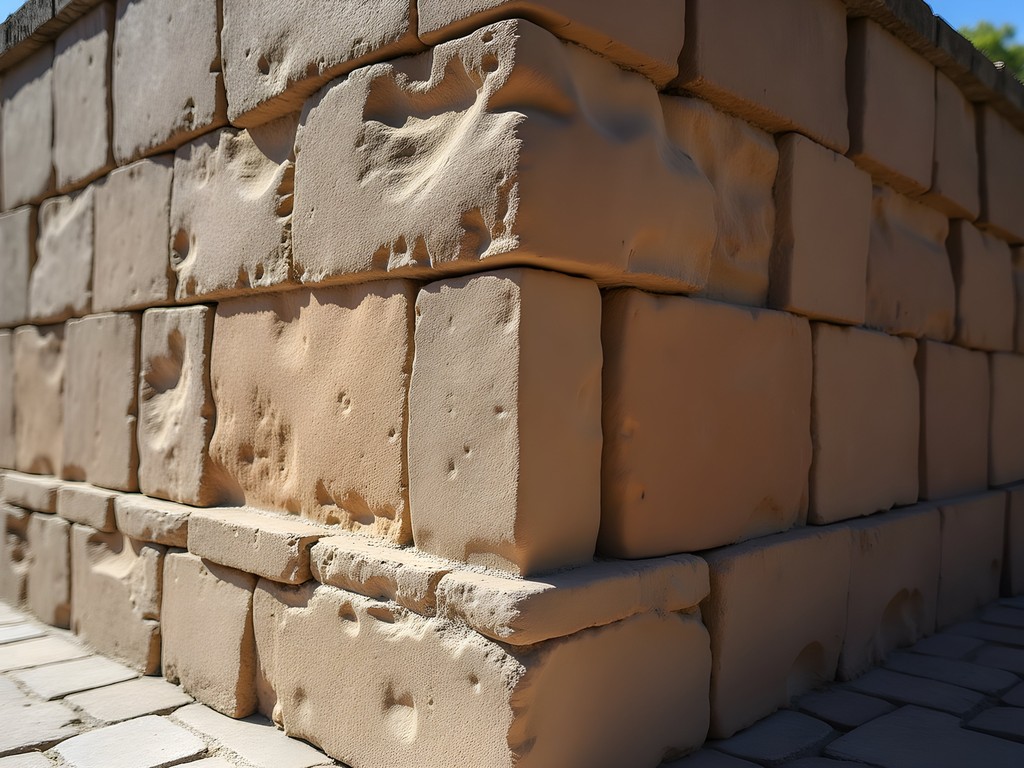
💡 Pro Tips
- Visit late afternoon when the light best highlights the contrast between the precision-cut Incan stonework and colonial additions
- Bring a small flashlight to examine the interior niches where gold panels once amplified sunlight throughout the temple
- The site gets crowded by mid-morning—arrive at opening (8:30am) or after 3pm for a more contemplative experience
Final Thoughts
As my weekend in Cusco drew to a close, I found myself sitting on a bench in the quiet Plazoleta de las Nazarenas, watching the setting sun paint the colonial walls with warm amber light. My engineer's notebook was filled with sketches and measurements of architectural details that most visitors never notice, yet tell the most honest story of this remarkable city.
Cusco deserves more than being treated as merely Machu Picchu's waiting room. Its layered architecture—Incan foundations supporting colonial structures, themselves now housing contemporary life—provides a physical metaphor for cultural resilience and adaptation that resonates deeply in our rapidly changing world.
What struck me most was how the city's builders, separated by centuries and cultures, ultimately shared a common language of structural integrity, spatial harmony, and adaptation to the challenging Andean environment. As travelers seeking authentic experiences, we can learn from this approach—building upon what came before while respecting its foundations.
When you visit Cusco, I encourage you to slow down. Look beyond the obvious historical narratives to the physical evidence written in stone and wood. Run your hands along walls where Incan masons and Spanish craftsmen both left their mark. In understanding how these structures have weathered centuries of change, we might find wisdom for creating more resilient and harmonious spaces in our own time.
✨ Key Takeaways
- Cusco's architecture reveals the complex relationship between Incan and Spanish colonial cultures through adaptive reuse and engineering solutions
- Lesser-known plazas like San Francisco and hidden courtyards in San Blas offer more authentic experiences than the main tourist areas
- The precision engineering of Incan stonework at sites like Qorikancha demonstrates sophisticated understanding of seismic resistance that still functions today
📋 Practical Information
Best Time to Visit
April-May or September-October (shoulder seasons with fewer crowds and good weather)
Budget Estimate
$30-50/day excluding accommodation (museums, sites, meals)
Recommended Duration
Minimum 2 full days for architectural exploration, ideally 3-4
Difficulty Level
Moderate Due To High Altitude (3,400m) And Steep Streets
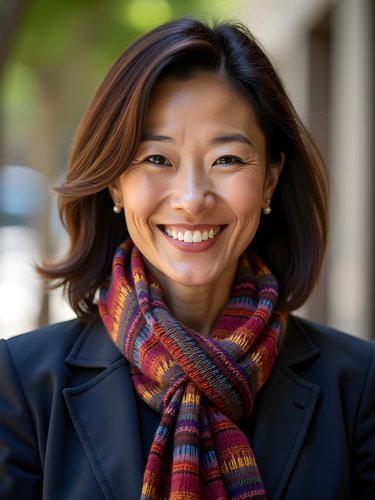
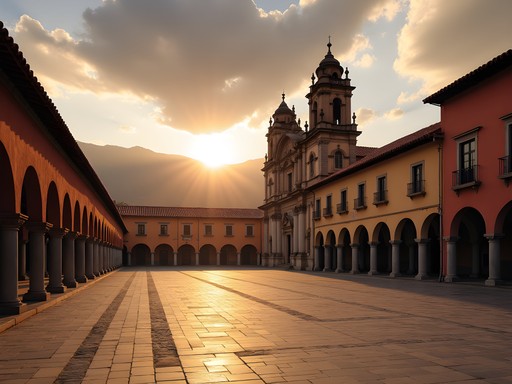
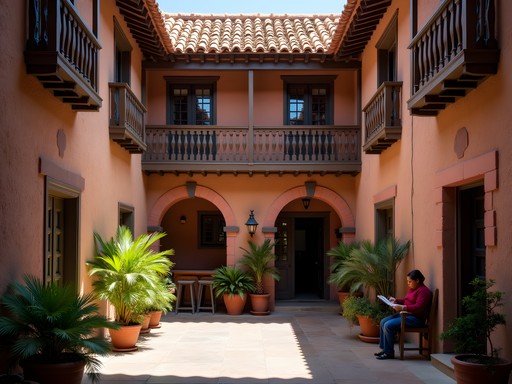
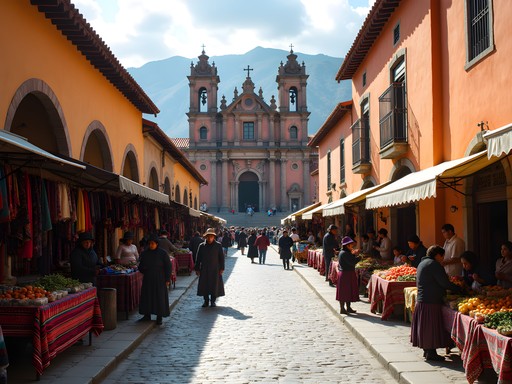
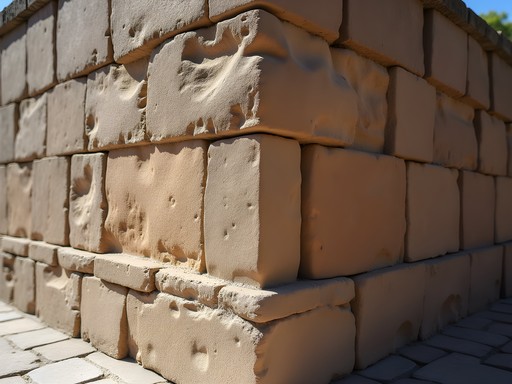


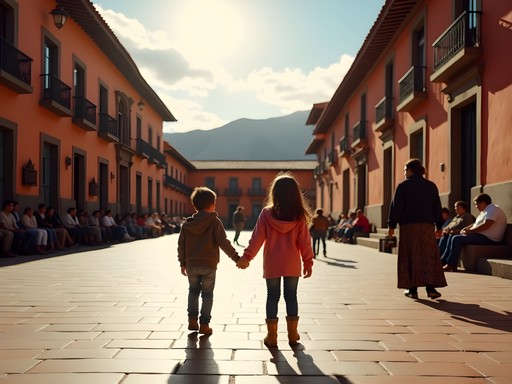
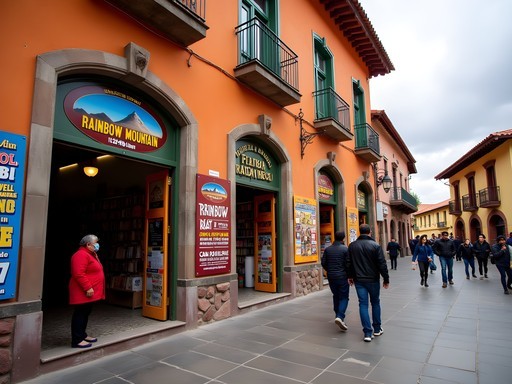






Comments
wandermaster
Beautiful photos! Is November a good time to visit these places? I'm worried about rain ruining the experience. Also, how difficult is it to get to some of these 'hidden' squares if you don't speak Spanish?
Amanda Watanabe
November is actually a great time - it's shoulder season so fewer crowds. You might get some rain but typically just afternoon showers. As for language, the main squares are easy to find on maps, and most locals in the tourist area speak some English. I found Google Maps offline worked well for the hidden spots!
citytime
Just got back from Cusco and can confirm November was perfect! Some rain but nothing that ruined our plans. The light after rainfall made the stonework look even more dramatic in photos.
Frank Garcia
Brilliant piece on Cusco's architectural heritage! I spent three weeks there last year and was fascinated by the precision stonework. What many visitors don't realize is how the colonial buildings sit on Incan foundations - literally built atop their civilization. The earthquake resistance of these structures is mind-blowing when you consider they were built without modern technology. I'd also recommend visiting the less-touristed Almudena Cemetery for some incredible stone craftsmanship that continues the tradition. I documented the architectural transitions across the city in my blog series on colonial/indigenous fusion styles. Amanda, did you notice how the stonework techniques change as you move from central Cusco outward?
Amanda Watanabe
Thanks Frank! Yes, I did notice that transition - it's fascinating how the precision diminishes as you move outward from the ceremonial center. I'll have to check out Almudena Cemetery next time, sounds like exactly the kind of hidden gem I love.
wandermaster
Frank - would you recommend your travel guide for someone visiting for just 3 days? Or is it better for longer stays?
Frank Garcia
Even for 3 days it's worth it! The walking routes are organized by time (2-hour circuits) so you can fit them around other activities. The stone-spotting section helps you identify different periods at a glance.
citytime
This is exactly what I needed! I'm heading to Cusco next month and was looking for something beyond the typical Machu Picchu itinerary. Those hidden squares sound amazing! I spent time in Plaza de Armas last year but totally missed San Francisco. Adding that to my list now. Did you find early morning was the best time to avoid crowds at these spots?
Amanda Watanabe
Definitely! Early mornings (before 9am) were magical - hardly anyone around and the light is perfect for photos. San Francisco was quiet even midday though. Enjoy your trip!
citytime
Thanks Amanda! Can't wait to explore these spots with your tips in mind.
mountainstar
Just got back from Peru last month and Cusco was the highlight for me too! Spent hours wandering those little streets between the main plazas. That spot you mentioned in Plazoleta de las Nazarenas was my daily coffee spot - the little cafe on the corner makes the best chocolate con leche. The stone walls in San Blas blew my mind - how did they fit those massive blocks so perfectly without mortar?? One tip for anyone going: the free walking tour that starts in Plaza de Armas at 10am goes into amazing detail about the architecture and engineering. Our guide Carlos had us feeling the different stone textures and explained how you can identify which buildings were earthquake-resistant. Cusco deserves way more than the quick stopover most people give it!
beachexplorer3707
Great post! I'm heading to Cusco next month but only have 2 days before my Inca Trail hike. Which of these hidden squares would you prioritize if time is limited? Also wondering about altitude adjustment...
mountainstar
Not the author but I'd definitely hit San Blas first! It's walkable from the center but feels totally different. Great cafes up there too. For altitude, just take it super easy the first day - I made the mistake of doing too much and felt awful!
beachexplorer3707
Thanks for the tip! San Blas is now on my must-see list. Did you try any specific cafes there?
mountainstar
L'Atelier Cafe has amazing views and good coffee. Perfect spot to rest after climbing up those steep streets!
bluefan
That golden light on the cathedral in your first photo is STUNNING! What time of day was that taken?
Amanda Watanabe
Thanks @bluefan! That was about 7:30am in early May. The morning light in Cusco is magical - worth getting up early!
Douglas Bradley
Amanda, your analysis of the architectural fusion in Cusco is spot on. I spent three weeks there last year documenting the precise stonework transitions between Inca and colonial periods. What fascinates me most is how the Spanish often built directly atop Inca foundations, creating this perfect metaphor for cultural layering. The engineering in Plaza San Francisco deserves more attention - I found the acoustic properties there particularly remarkable. Did you notice how voices carry differently there compared to Plaza de Armas? I've been theorizing this was intentional in the original Inca design.
mountainstar
Douglas - I noticed that too about the acoustics! Thought it was just me being weird lol. Did you check out any of the smaller courtyards behind the main square?
Douglas Bradley
Absolutely! The courtyard behind the Jesuit church has some of the most interesting stonework transitions. I found using the pocket guide really helpful for finding those hidden spots. The maps include several lesser-known courtyards that most tourists miss entirely.
backpackvibes5183
Finally a post about Cusco that isn't just a Machu Picchu stopover! Those hidden squares look amazing!
freetime2996
Just got back from Peru last month and totally agree about Plazoleta de las Nazarenas! We stayed at a hotel nearby and I spent every evening there watching locals go about their day. Found an amazing chocolate museum just off this square too - they do workshops where you make your own chocolate from scratch. The hidden courtyards behind those colonial facades are incredible too - almost every building has a secret garden or courtyard once you step through the main door. Cusco was honestly more memorable than Machu Picchu for me.
wintermaster
Do you need to worry about altitude sickness in Cusco? Planning a trip next year.
freetime2996
Not Amanda but yes! Cusco is at 3,400m. Take it easy first day, drink coca tea, and consider staying in Sacred Valley first to acclimatize if you're coming straight from sea level.
Venture X
Premium card with 2X miles, $300 travel credit, Priority Pass